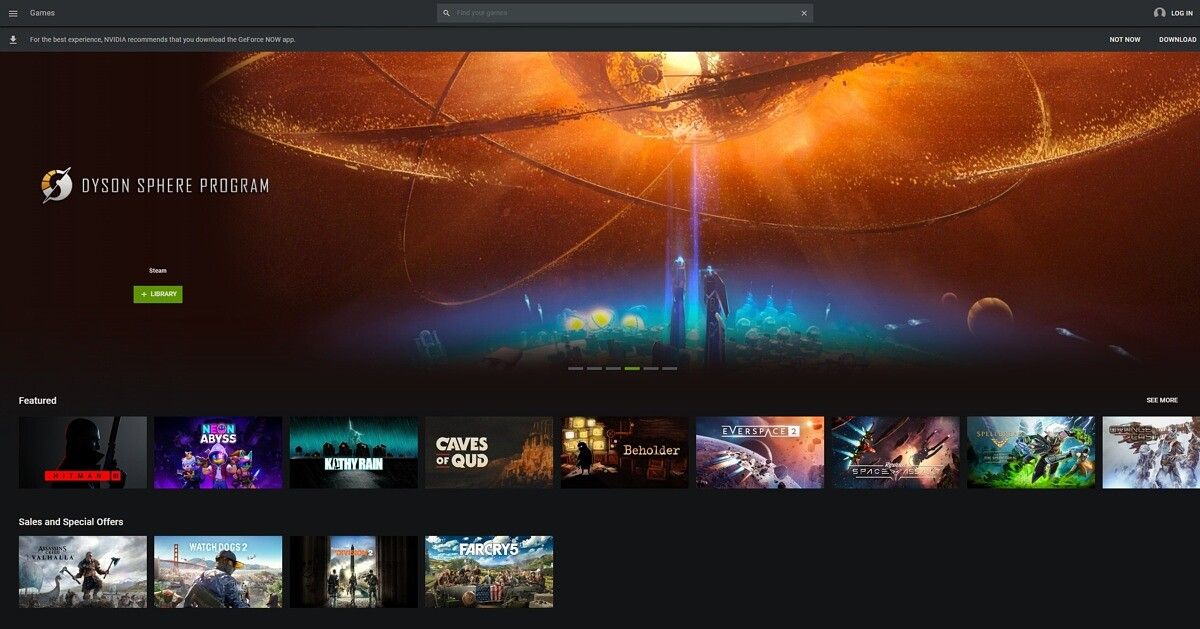One of the top cloud gaming services is NVIDIA's GeForce NOW, which launched its first browser-based client back in April of last year for Chromebooks. In November, NVIDIA made GeForce NOW available for iOS/iPadOS devices through Safari, bypassing Apple's App Store. At the time, the company said it planned to officially expand support for its browser client to more Chrome platforms, including Linux, PC, Mac, and Android. Now, version 2.0.27 of the service is rolling out with beta support for the Chrome browser on Windows and macOS.
In the release notes for the update, NVIDIA says that users of Google Chrome on Windows and macOS can start streaming games by visiting https://play.geforcenow.com/. NVIDIA states that other platforms able to use the Google Chrome browser may work by visiting the site, but the company does not guarantee support. The company used the WebRTC framework to optimize the browser experience to feel as close as possible to the native app. It was previously possible to access GeForce NOW's web client on any operating system by spoofing the user agent string, but users who did so often noted high input lag, making many games unplayable.
You'll still need to be in a supported region to access GeForce NOW, and if you visit the website today using Google Chrome on Windows or macOS, you'll see a notification that recommends you download the native client for the best experience. Native clients for GeForce NOW are already available for x86 and x64 PCs running Windows 10, and a client is now also available for Macs with Apple Silicon. However, there isn't a native client for Linux or Windows 10 on ARM, so this new browser experience will be the best way to play games through GeForce NOW on those platforms. We reached out to NVIDIA to inquire about the status of Chrome on Linux support and if Chromium-based browsers like Microsoft Edge will be officially supported, and we'll update this article if we receive a response.
On top of expanded device support, NVIDIA also introduced a handful of new features to improve the browser experience. For example, you can now easily add desktop shortcuts to your favorite games on GeForce NOW and share a URL for any game on the platform with your friends. Features like these will help GeForce NOW reduce friction in the user experience. I am personally a fan of NVIDIA's cloud gaming model, but the company still has a ways to go to catch up to the user-friendliness of Stadia and xCloud.

